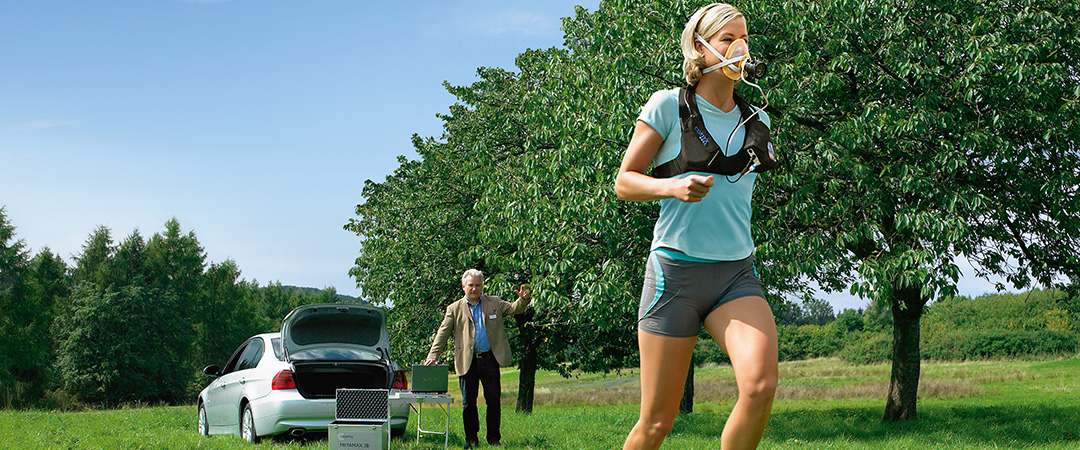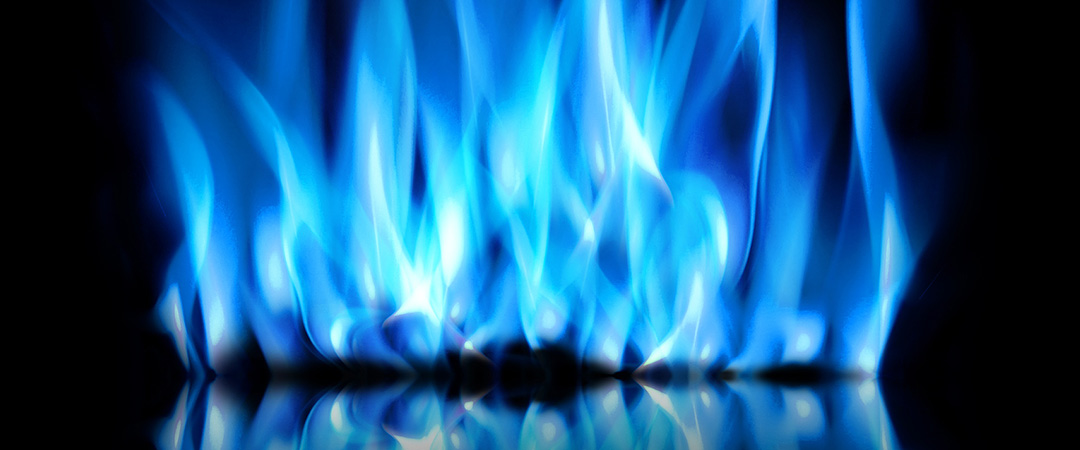Taking a deep breath first!
Detecting circulatory insufficiency –
with sensors from the ISS
Taking a breath is difficult. Climbing stairs is exhausting. The reason for feeling exhausted can be that the body does not get enough oxygen. Is it due to a pulmonary disease? Or another organic disease? How well does the cardiovascular system work?
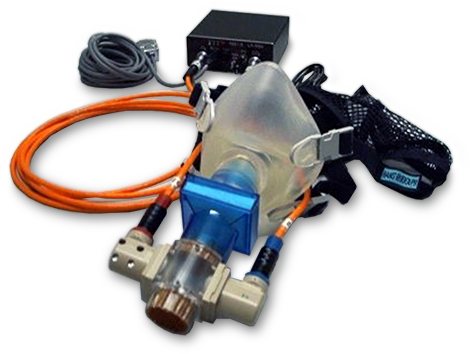
© ESA
With a breathing gas analysis, patients and physicians can find out how much air is inhaled and exhaled, and what amount of carbon dioxide is contained in the exhaled air. For such analyses, affected people have to be admitted to a hospital for days, since the equipment is large and not movable – so it is not possible to supervise breathing in daily life.
The solution: a miniaturised breathing gas analysis system that is integrated in a lightweight breathing mask and can collect data over a period of some days. Based on this data, the physicians are able to identify the reason for the patient feeling exhausted without longer hospitalisation and can perform the appropriate therapy!
Space flight has enabled this, since the centrepiece of the breathing mask is an oxygen sensor named FIPEX from space research – today as tiny as an ant. Initially, it has been developed by Stuttgart University and TU Dresden to measure atomic oxygen in the orbit on board the ISS.
Atomic oxygen damages, for example, solar cells or metals, and its concentration could not be determined until this sensor was developed. That will help in the future to give satellites a longer service life.


Rust in space:
danger due to atomic oxygen
Usually, oxygen appears as a molecule: O2. Oxygen exists in space as well, however, mostly as individual atoms. How they get there? The UV radiation of the sun hits the oxygen molecules at an altitude of 80 to 160 kilometres. The radiation splits the molecules into individual O atoms, which ascend up to an altitude of 1,000 kilometres, where many Earth observation satellites are located (and at an altitude of 300 kilometres the ISS) that are damaged by the oxygen.
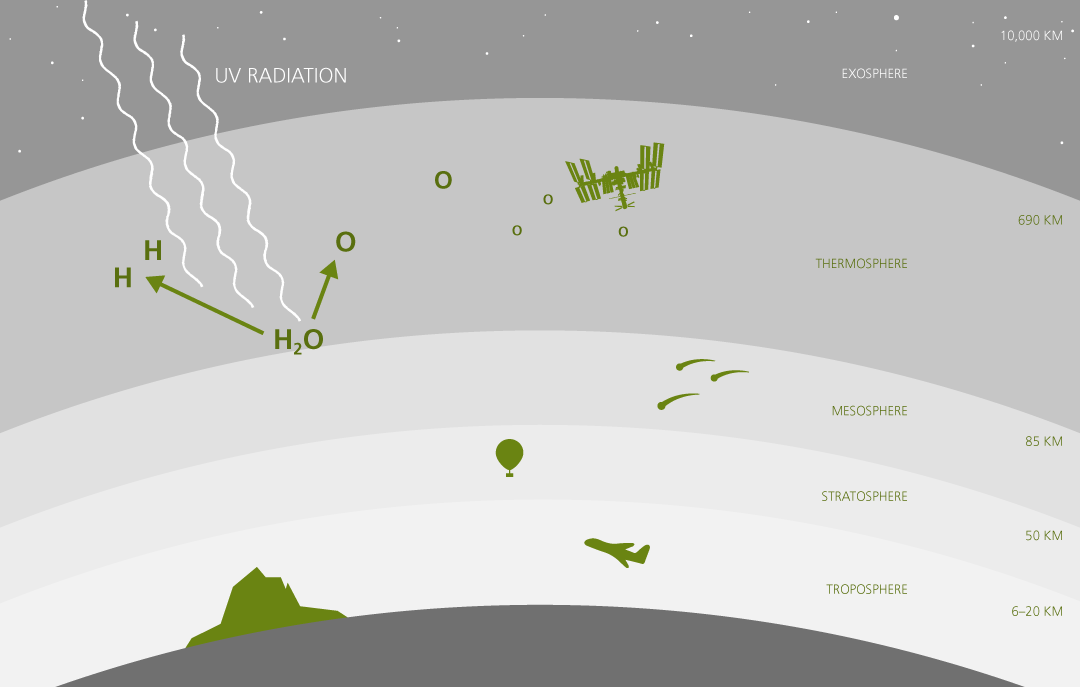
This atomic oxygen is highly reactive: solar cells lose up to 30 per cent of their capacity, mirrored and transparent telescope and sensor surfaces go blind, insulation layers (e.g. also Teflon) get friable and suffer a loss of efficiency. And metal might actually rust. Where is when how much oxygen? That was hardly researched.
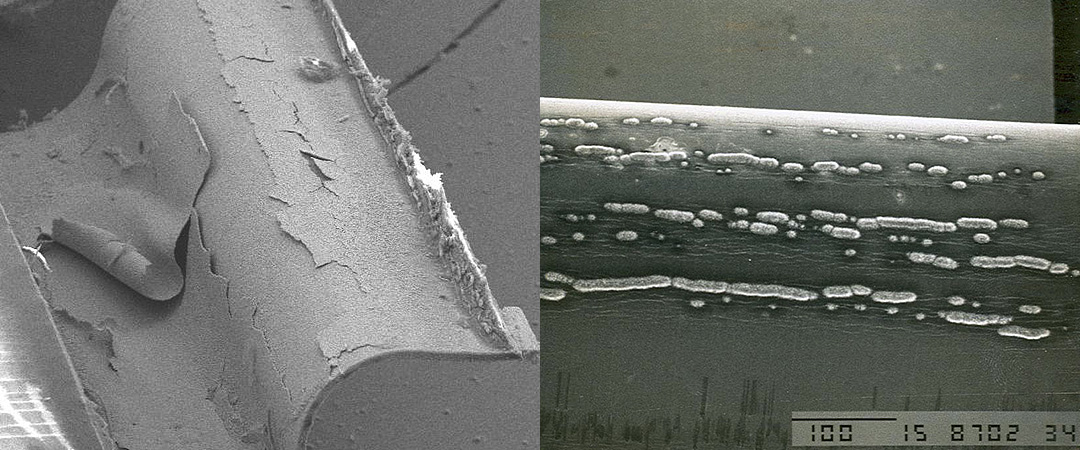
© ESA
Spaceworthy detectors: FIPEX
Scientists of the Institute of Space Systems of Stuttgart University and of the Institute of Aerospace Engineering of TU Dresden developed special oxygen sensors for use in orbit. Their name: FIPEX – Flux Phi Probe Experiment. The miniaturised measuring units (initially the size of a match, today the size of an ant) detect the partial pressure of the atomic oxygen from the natural environment of the low Earth orbit and distinguish it from molecular oxygen.
Since 2008, the sensors have been in space for 572 days, attached to the outer shell of the ISS. There, they detected the oxygen concentration along the trajectory. These were the very first location and time-dependent measurements of atomic oxygen in the near-Earth orbit.
This is good for space flight: if scientists know about the time-dependent concentration of atomic oxygen in orbit, components of satellites can be adapted to the conditions to increase their service life.
Tracing residual oxygen in space
Based on the FIPEX technology, the picosatellite “SOMP1” was launched into space at an altitude of about 600 kilometres in 2013. Its size is only 10 x 10 x 10 centimetres, it weighs less than one kilogramme and it gets along with two watts – a successful student project of TU Dresden. In 2017, its successor, SOMP2, was launched from the ISS to obtain even more exact data of the residual atmosphere.
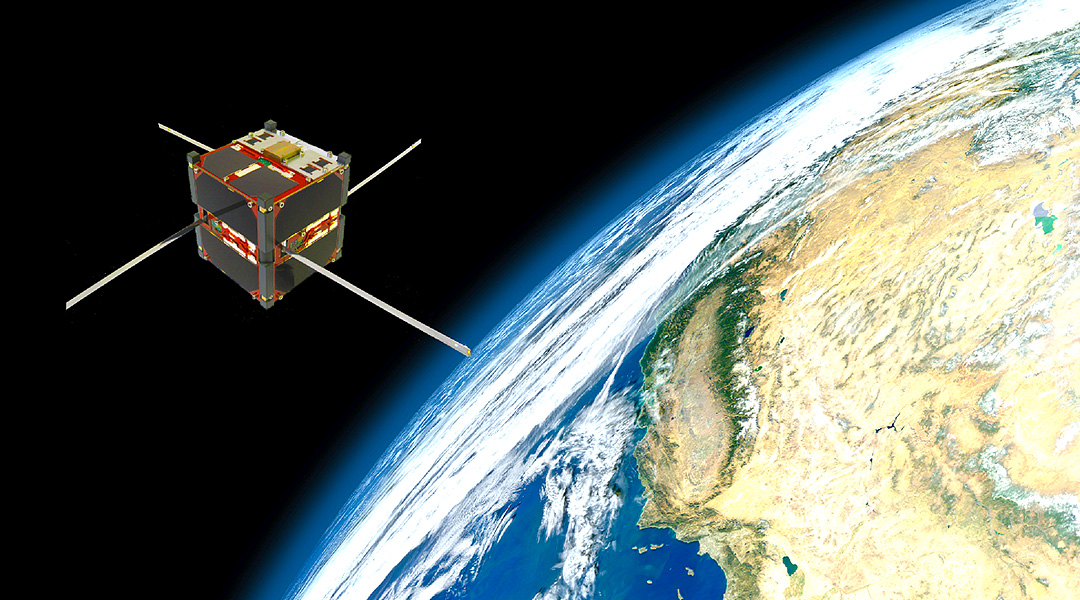
© ILR/TUD/ESA
SOMP2 is not alone: the FIPEX sensors are also installed on 14 other international nanosatellites of the QB50 network. They form a swarm and deliver data for the calculation of the climate and the space weather. The satellites are flying in the underexplored thermosphere (at an altitude of approx. 300‒500 kilometres), where they are subjected to extreme temperature fluctuations between approx. +120 and -150 degrees Celsius.
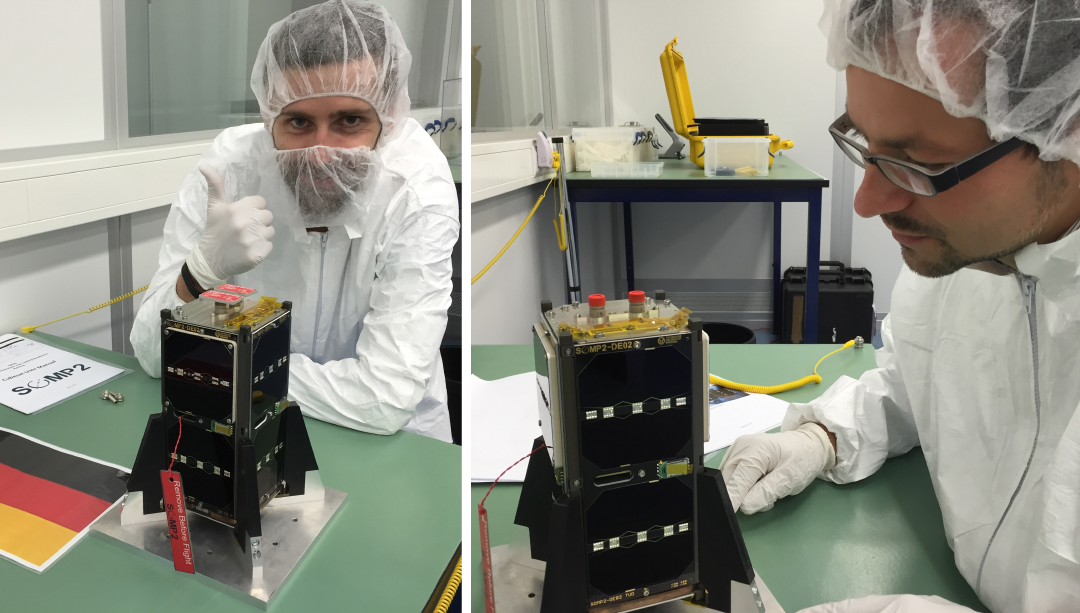
© Tino Schmiel/ILR

